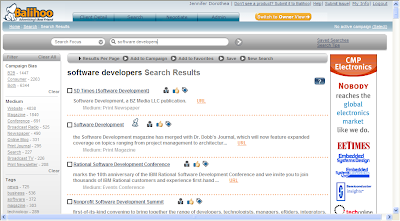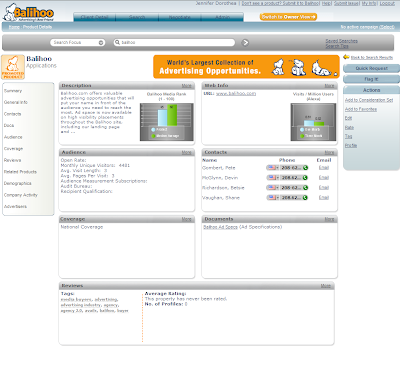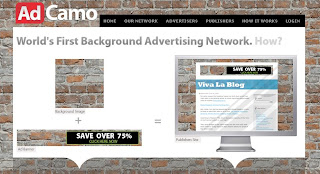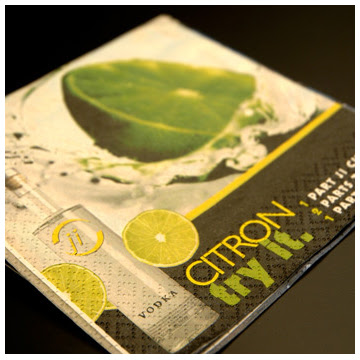Focus Group Hypnosis
Posted in: Uncategorized
Image: Suck.com
Can’t believe I missed this great Brandweek piece about agencies bringing in hypnotists to focus groups; and it’s a practice with decades of history, too: “A former Grey exec, Solovay has been hosting such groups for a decade. Her clients include about dozen brands including blue-chip beer, soda and telecom companies as well as 20 different agencies.”
Has anyone tried administering thiopental sodium — the truth serum — on focus groups yet? Gotta be cheaper than running the groups (“Four sessions cost about the same as a typical round of focus groups ($50,000-75,000).”)
Salon.com, back in 1999: “It’s an intriguing thought — the fate of America’s consumer brands resting on the dubious musings of a bunch of soporific focus group respondents.”
Anyway, here’s everything you need to bring the magic to your office:
Brandvisioning, the company mentioned in the article. The pitch: “BrandVisioning Whole Mind Ideation brings focus groups to a whole new level. BrandVisioning focus groups use the power of hypnosis to allow consumers to better access and report their feelings about a product, a service, or a piece of communication. We uncover the core insights and truths that encourage deeper connections to your brand.”
Keith O’Neill, a hypnotherapist also mentioned in the article. From his website: “Hypnosis acts like a time machine. Through the process of “age regressionâ€, hypnosis enables us to take respondents back to their earliest product and brand memories and the emotions connected to them.”

Hal Goldberg (above) is a former Leo planner who’s been doing hypno-groups for 35 years. Call 800-646-4041 for a free DVD of a hypnotized group in action. He’s in both the Salon’s and Brandweek’s articles.
There’s a blog full of marketing tips for hypnotherapy professionals (doesn’t the idea that hypnotists need marketing tips feel kind of funny?)
F0r the DIYers among you, I went through Amazon looking for a few books that wouldn’t be a waste of money. Judging by their reviews, these two seem to stand out as both professionally and accessibly written:
- Handbook of Hypnotic Suggestions and Metaphors
- Conversational Hypnosis: A Manual of Indirect Suggestion
Check out this one on a different but related subject:


















